




hope these are interesting-looking.
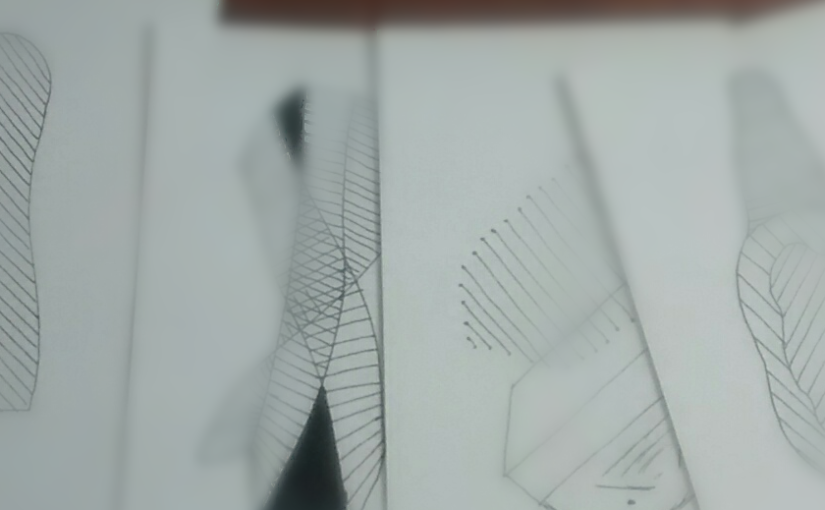
Working on some new index card art. These are the raw images below―ink placed by fountain pen―that have yet to be digitally processed. I’ve been very interested in parallel lines recently. More to come certainly.
At some point I’ll work to explain the process behind these pieces, but the easy thing to say is that the process allows me to create something interesting from something bland:
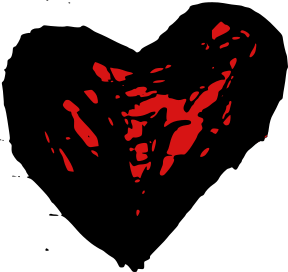
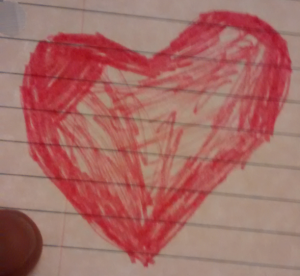
At any rate: new sketches are looking interesting to me. Should be ready to share soon. Stay tuned.
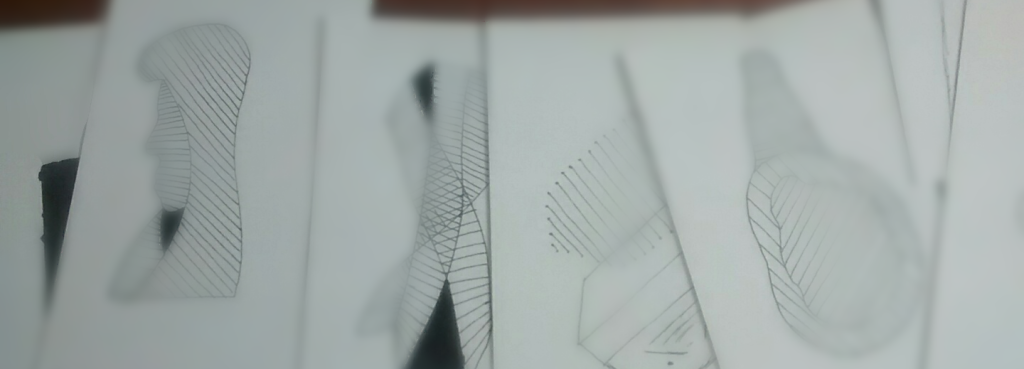
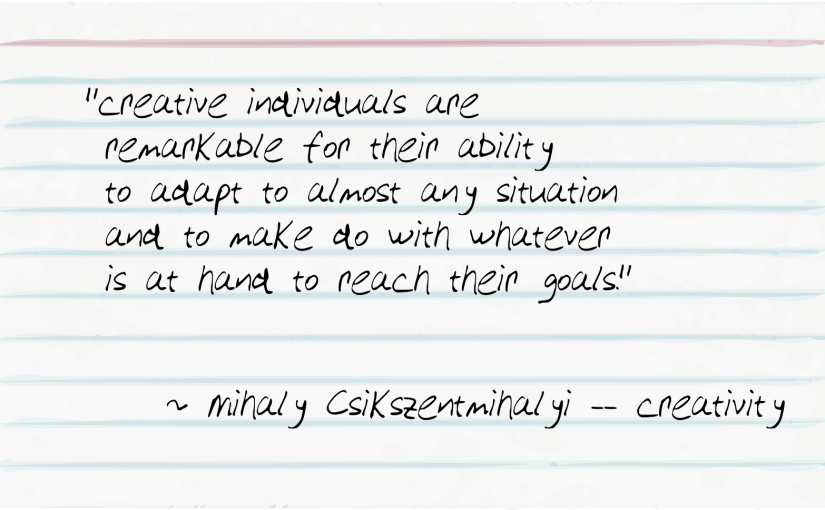
Where is the heart? Often we describe it as being on the canvas, in the lilt of a voice, or left on the stage. But where is our own heart?
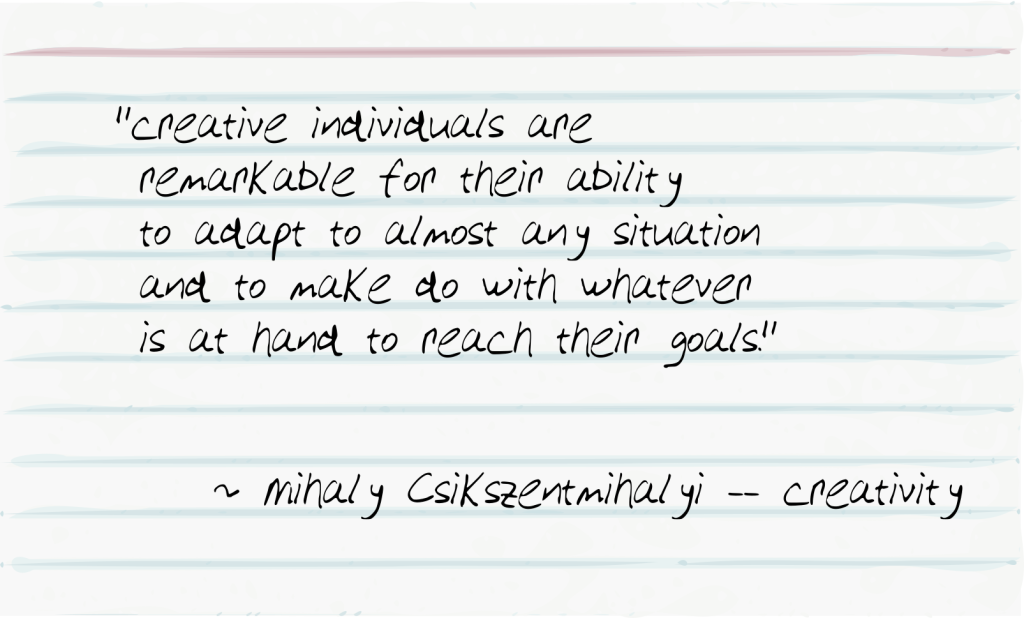
We attribute superhuman qualities to creative people. We construct chasms between their accomplishments and our abilities. We manufacture fear, uncertainty, and doubt about our own efforts while marveling at the perfection of those we admire from afar. Our proximity to our own work reveals what we refuse to believe is true for others―that the work is messy, hard, and confusing.
Worse, we often focus on external factors to explain our own lack of effort or non-extant works. We focus on tips, tricks, tools, and hacks and in so doing allow these mental diversions to distract us from our goals. We do this even though we know that we have the tools to start working right now. The effort to begin would be minimal or unnecessary—yet we still delay.
We know we’re stalling for a reason but we can’t quite articulate it (even to ourselves). If only we stopped the introspection and started any action. What would happen then? We know that the point is to start, to focus, to strive, to capture, to evaluate, and to share. Why is this so difficult?
Start with heart. Start caring deeply about the things you seek to create. A great deal of effort is required to bring something new into being. Spend time focusing on the things you love. Then focus that love and craft it into something that tries―but ultimately fails—to capture that specific and incommunicable love. The beauty is in the striving.
Heart can be the objective of your work and the fire that provokes your motivation to capture it.

I have a goal of starting with heart. It may not be easy. It may feel impossible. It may be silly to others. No matter. I will love what I do. I will start with heart.
My latest ten months working on G’MIC http://opensource.graphics/latest-ten-months-working-on-gmic/
Free Music Archive: Steve Combs.
Some really great music here and—bonus—it’s cc-by licensed. Heard the music in this video. (Ah! The internet!)
Years ago I funded a wonderful project. We raised money to pay musicians to play classical music scores so that we could record them and release them immediately into the public domain. That effort was a success.
Now, I’m finally able to share the fruits of the second project to do the same with the complete works of Frédéric Chopin. This is a wonderful collection. Please listen here. Please download. Please share.
I’ll talk about this more later. For now, enjoy.
This is my vote for best post of 2014. What a fascinating look at structure via data analysis. The entire article is such a refreshing surprise. It explores the structural arcs in TV and Movie scripts across screen time (by breaking episodes into 6 or 12 even chunks) and then creates a single, multidimentional, visual graph of each show or movie’s movement through those topics across individual screen time. This sort of confirms Aristotle’s dominance in popular storytelling.
What is this saying? That in the grand corpus of tens of thousands of hours of studio-approved, investor-funded, union-written scripts, two major trends stand out: one set of directional trends, advancing continuously through the course of the film, and one cyclical, through which the language returns back to its origins.
That outcome is to be expected, though it is interesting to see the data produce such conclusive evidence directly from a scriptural level of word clusters. There is a new twist, however, that makes this research particularly interesting:
But although [each individual show] trace[s] out arcs, they do it in their portion of the plot arc space ... The portions of plot-arc space they land in correspond to genre: the crime shows live in an area something like the early middle of a show, while science fiction camps out after the end of the end. … So that clustering is interesting enough: but the omnipresence of the curves suggests that they all follow the same path through space in some way, regardless of where they start
This graph is a wonderfully welcome visual analysis of plot structure that adds to my understanding of how traditional structure functions. I wonder how one would modify this for use in dramatic scripts, particularly across languages and time periods. Where, for instance, would the absurdists lie on the chart using this sort of analysis. It is regarded as a genre but it’s defining features are not typically understood to be topical but structural. Circular plot structure—a hallmark of absurdism—is understood to end where it began, but where does it go? I’ve often heard Beckett’s Godot described as “nothing happens,” but that is not a fair assessment of the script or production, it illuminates how strongly we expect Aristotelian structure. And what of postmodernism? Are there any defining topical features there? Are there strains of postmodernism? Is topical-textual analysis the best way of evaluating those scripts? Are the scripts the element that makes the production postmodern?
Dr. Schmidt’s post made me smile. It provokes so many new questions. This type of research is extremely interesting. Now go and read!
It’s pure in-camera trickery…EUREKA! — suddenly we had our approach.
The often overlooked approach. This was a fun read with lovely images.
I hope artists will pause and realize that misplaced blame and oversimplification of the issues could set us back. Physical album sales are not the long-term solution (case in point: the laptop I’m typing on doesn’t have a CD drive)…
…and he’s not even trying to be funny.
via Spotify Doesn’t Hurt Artists: My Band Would Be Nowhere Without It | WIRED.